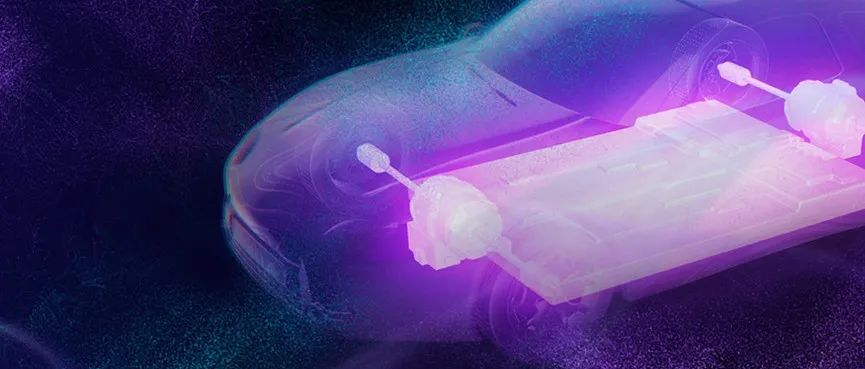Author: Zhu Yulong
Introduction: With the accelerated electrification in the field of transportation under global unified understanding, the growth rate of this market was very fast during 2020-2021, and even in the context of the global pandemic and the shrinking of the traditional automobile market caused by chip shortage, the sales of new energy vehicles increased against the trend in 2020, reaching 3 million units, accounting for 4.1% of the total automobile sales. In 2021, the new energy vehicles have risen in momentum, with sales more than doubled to 6.6 million units, accounting for almost 9% of the global automobile market, and their market share has more than doubled compared to two years ago. As a result, under the shortage of chips, all net growth in global car sales in 2021 came from new energy vehicles.
Battery insulation design is closely related to electric vehicle safety
Under the above-mentioned opportunities, there are more and more products with high-voltage electrical components such as HEV, PHEV, EREV and pure electric vehicles, and automobiles around the high-voltage battery system have become the mainstream design, with voltage ranges from 200V to 800V.
There is a practical problem here, which is how to solve the insulation problem in a compact space.
In electric vehicles, GB/T18384 is the safety requirement standard for electric vehicles, which is divided into three parts: vehicle energy storage part, functional safety and fault protection, and personnel electric shock protection. A series of requirements have been proposed for the electrical safety of electric vehicles to ensure that some possible failures of electric vehicles under normal use will not cause harm to users and the surrounding environment. In the electrical safety standard, the electrical parts can be divided into four categories according to the different electric shock protection methods after insulation failure. The characteristics of these four electrical parts are as follows:
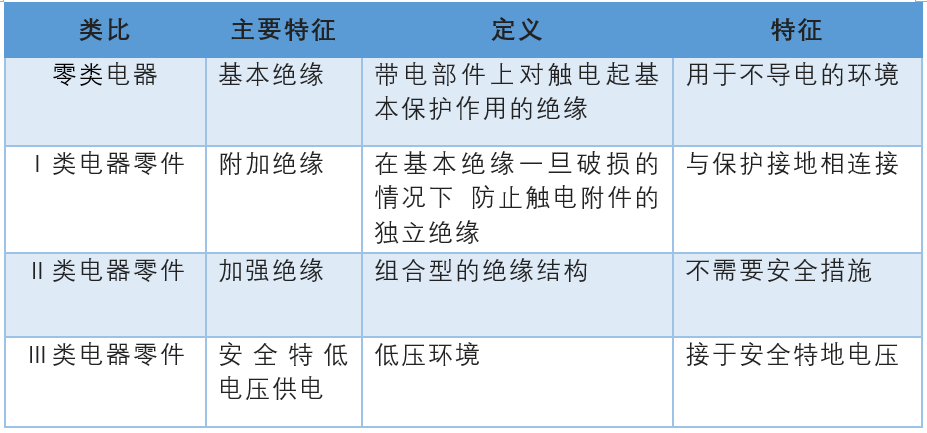
In the battery system, the basic problem we can see is the insulation design of the battery.
At present, many domestic car companies and battery leading enterprises have started to use powder coating as the preferred solution for internal insulation of batteries. The most introduced is the module line of Huachen BMW Powertrain Factory, which has three cell coating lines, two module lines and two assembly lines in the factory with cells to modules.
From this perspective, we can discuss the benefits of power battery cells from blue membrane to coating. The core here is to achieve 100% automated production on the battery module production line, and the key is to ensure insulation. Therefore, many designs have changed from the previous blue membrane era to using coating technology, and various methods such as installing insulation diaphragms are added to ensure the insulation between battery cells.For large-scale production, the independent cell spraying process can control the quality of spraying, making the safety and durability of the cells more superior. In the production line of power battery modules, a fully enclosed 100% automated production is achieved, using various methods such as spraying technology and insulation membranes to ensure insulation between cells. Advanced technologies such as plasma cleaning and intelligent optical inspection are used in the production line to ensure reliable product quality. This is an important task to be done when transitioning from the module era to the CTP era.
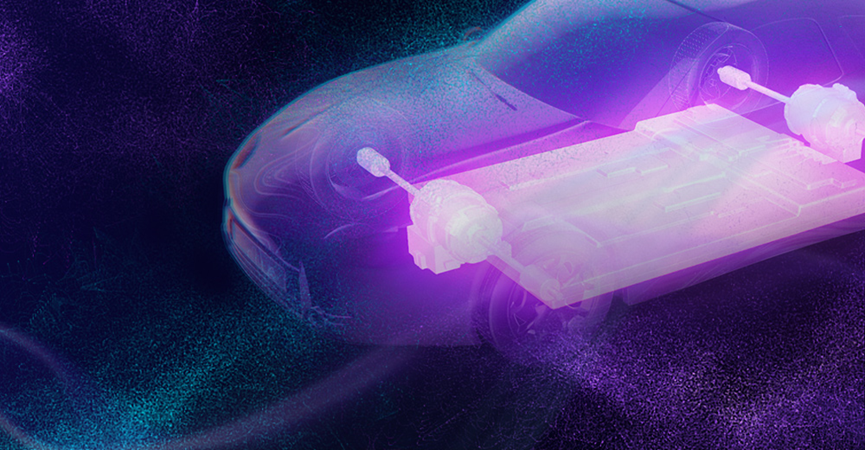
Why do prismatic cells need to use insulation powder coating?
First, let’s talk about the issue of electricity. The positive electrode potential of an aluminum shell battery is higher than that of the shell and the negative electrode potential. If the shell and the positive and negative electrodes are not in contact, no corrosion reaction will occur. If the shell contacts the negative electrode, it will corrode and the aluminum shell will gradually disintegrate. To prevent this situation from happening, the shell and the positive electrode are connected, raising the shell potential to protect the shell from corrosion. Therefore, the inherent requirement of the cell makes it charged, and it is necessary to isolate the cell from the outside through external insulation means. Thus, the cell needs to wear insulation clothing, previously mainly using blue film.
Powder coating was previously a high-performance material in the field of environmental protection and was imported from Europe when the insulation protection of the cell began. The main characteristic of this material is that it can achieve full automation from the manufacturing level (simple construction), one-time spraying forming, and is easy to install and transport. Compared with blue film, its advantages are that it does not produce air gaps, has good adhesion, and is not easy to be damaged. In the CTP era, it simplifies the development difficulty between the cell and the Pack structure connection. Moreover, powder coating has excellent insulation performance and excellent performance parameters in terms of corrosion resistance, moisture and heat stability, and high and low temperature impact.
In addition to the insulation coating mentioned above, AkzoNobel’s insulation powder coating products are currently being stably applied to the batteries and cooling systems of many automakers and battery customers. There is no doubt that powder coating can protect the broader electrical ecosystem of the entire car, including battery cells, battery pack internal structural components, thermal management systems, battery casings, starter generators, and connecting components such as copper bars and aluminum bars, charging facilities, and energy storage facilities. Many of these components have long-term heat resistance requirements. Avoiding damage to other related components by extreme temperature will help extend the life of the car.
Insulation powder coating can help the battery thermal management system operate more efficiently and avoid thermal runaway caused by battery abuse. In summary, the value of applying powder coating in the battery system can be summarized as follows:
-
Helps to prevent thermal runaway and battery failure risks in modern electric vehicles
-
Creates more sustainable manufacturing processes: this can be easily achieved with high-reliability automated production processes.- Comply with strict international environmental laws and directives (excluding volatile organic compounds (VOCs)), do not produce hazardous waste, and provide environmental benefits for products that can recycle and reuse excess powder.
A century-old European brand leading the development of automotive electrification with innovation
AkzoNobel, an old European powder coating manufacturer, has launched two powder coating brands, Interpon and Resicoat, in response to market demand, providing powder coating product solutions with excellent insulation performance. The Interpon brand is involved in the construction of standards for automotive and accessory powder coatings, providing comprehensive protection for vehicles under harsh environmental conditions. Whether it is heat resistance, UV protection, or corrosion resistance, Interpon powder coating is highly recognized by automakers for its excellent performance and construction properties.
Combining AkzoNobel’s functional coatings brand Resicoat’s advantages for more than half a century, the new AkzoNobel electric vehicle powder coating solution is interesting:
(1) Battery system solution
AkzoNobel’s special powder coating Interpon 6200 and Resicoat EL series are ideal solutions for battery casing coatings for electric vehicles. They can not only help the battery casing achieve protective functions such as thermal management, electrical insulation, and flame retardancy, but also provide additional anti-corrosion and chemical resistance for the battery casing. In terms of batteries, Interpon and Resicoat powder coating systems can achieve insulation between battery cells, provide excellent insulation strength, excellent adhesion, and good cold and heat shock resistance.
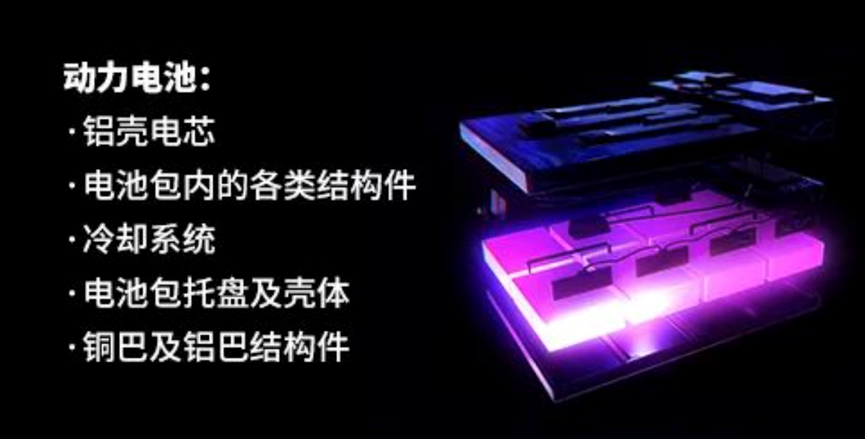
(2) Cooling baffles and cooling pipelines
The special powder coating formula of AkzoNobel’s electric vehicle-specific powder coating makes the battery cooling system of pure electric, plug-in hybrid, and other hybrid vehicles work twice as much with half the effort. Resicoat ensures excellent electrical insulation performance with higher insulation strength, providing superior coverage of corners and dense film coverage for the cooling system. The epoxy system powder coating can ensure the corrosion resistance of the battery cooling system, meet the UL94 V-0 flame retardant grade and UL746B 130°C long-term heat resistance grade, and has excellent physical impact resistance performance.
(3) BusbarThe busbar system currently replaces many high-voltage cables. Resicoat powder coating can be easily applied to the surface of nickel, silver, tin or bare copper wires and aluminum bars through fluidized bed or electrostatic spraying. The use of powder coatings can improve the heat dissipation of the busbars, reduce the ignition load, and provide longer service life under thermal shock conditions. The Resicoat EL series has multiple certifications including UL1446, UL94 V-0, and UL746B, and its relative temperature index (RTI) is 130℃, meeting the UL94 V-0 standard.
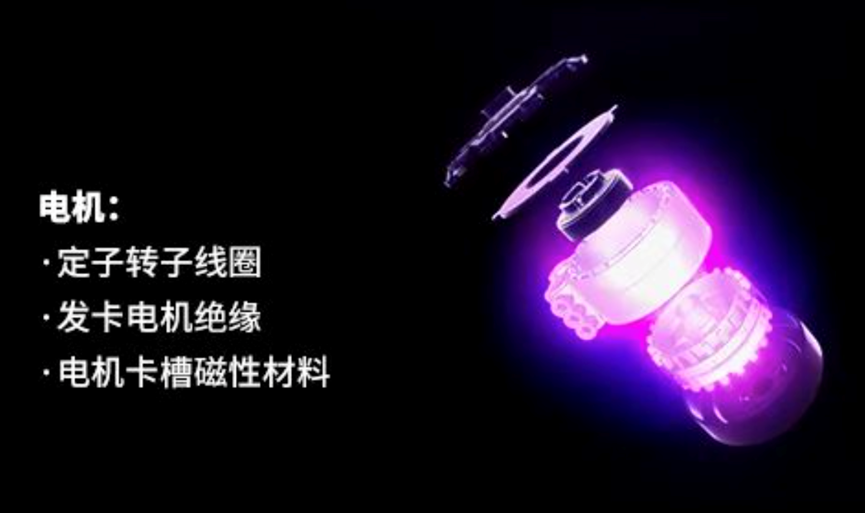
Summary: Despite the development of electric vehicles, the balance between safety, performance, and cost is still a challenge for many manufacturers. In this field, the application of powder coatings can undoubtedly solve many problems for manufacturers. The cured coating after powder coating has excellent electrical insulation performance, good wear resistance, good acid and alkali corrosion resistance, and excellent adhesion performance. The powder coating, which has been maturely applied in various industries, is bound to be extensively used in electric vehicles.
This article is a translation by ChatGPT of a Chinese report from 42HOW. If you have any questions about it, please email bd@42how.com.
